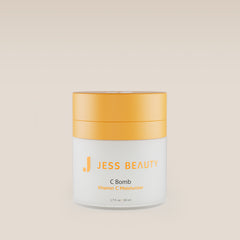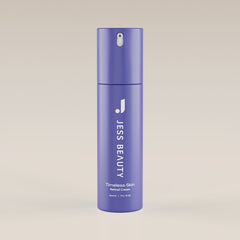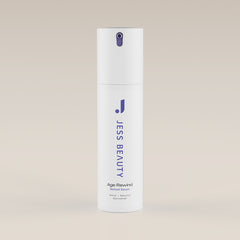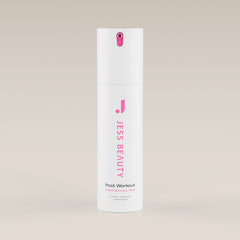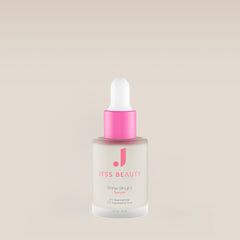Rosacea, often mistaken for acne or just a regular flush, is a pesky skin condition that loves to hang out on your face, especially on your cheeks, forehead, chin, nose, and around your eyes. It can bring all sorts of annoyances, from never-ending redness to visible blood vessels and bumpy patches.
Around 40 million folks worldwide grapple with Rosacea, usually kicking in between ages 30 and 50. Luckily, Rosacea has been getting more attention lately, so there's been loads more research on its potential causes and how to deal with it. You see, getting that dreamy, smooth skin isn't a walk in the park for most people—it's more like a rollercoaster ride. And for those dealing with Rosacea, it's like riding that rollercoaster blindfolded!
Over at Jess Beauty skincare realm, we're always looking for the best formulas to pamper every skin type, especially those on the sensitive side. We might not have all the answers about Rosacea yet, but we're big on knowing what makes it tick. Understanding the potential triggers and implementing a proper skincare routine with suitable ingredients can significantly manage its symptoms and improve your quality of life.
Identifying Rosacea
Rosacea can manifest and present itself in various forms, each with distinct characteristics:
-
Erythematotelangiectatic Rosacea
-
Papulopustular Rosacea
Often mistaken for acne, this type features red, inflamed bumps and pustules, sometimes accompanied by redness.
-
Phymatous Rosacea
- Ocular Rosacea: This form of rosacea primarily affects the eyes, causing dryness, irritation, bloodshot appearance, and even stye-like bumps on the eyelids.
Understanding the triggers
While the specific cause of rosacea remains elusive, several factors are known to exacerbate its symptoms, acting as triggers. Identifying and avoiding these triggers can significantly reduce flare-ups and improve your overall skin health. Common triggers include:
- Sun exposure: Ultraviolet rays are a significant trigger; sun protection is crucial for managing rosacea.
- Spicy foods: Capsaicin, a compound found in chili peppers and other spicy foods, can induce flushing and worsen symptoms.
- Alcohol: Alcohol consumption, especially red wine, can dilate blood vessels and worsen redness.
- Emotional stress: Emotional stress can trigger flare-ups, highlighting the importance of stress management techniques.
- Certain medications: Some medications, such as corticosteroids, can worsen rosacea. Consult your doctor if you suspect medication-induced rosacea.
- Extreme temperatures: Both hot and cold weather extremes can trigger flushing and worsen symptoms.

Soothing the Skin: Rosacea-friendly ingredients
Although there's no cure for rosacea, incorporating specific ingredients into your skincare routine can effectively manage symptoms and promote overall skin health. Here are some extremely helpful ingredients to look out for:
- Tranexamic Acid: Tranexamic acid is known for its ability to target and treat issues related to dark spots, pigmentation irregularities, melasma, acne scars, and post-inflammatory discoloration by inhibiting excessive melanin production and promoting an even skin tone.

